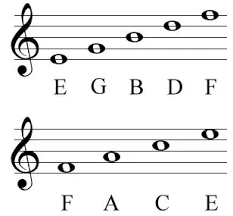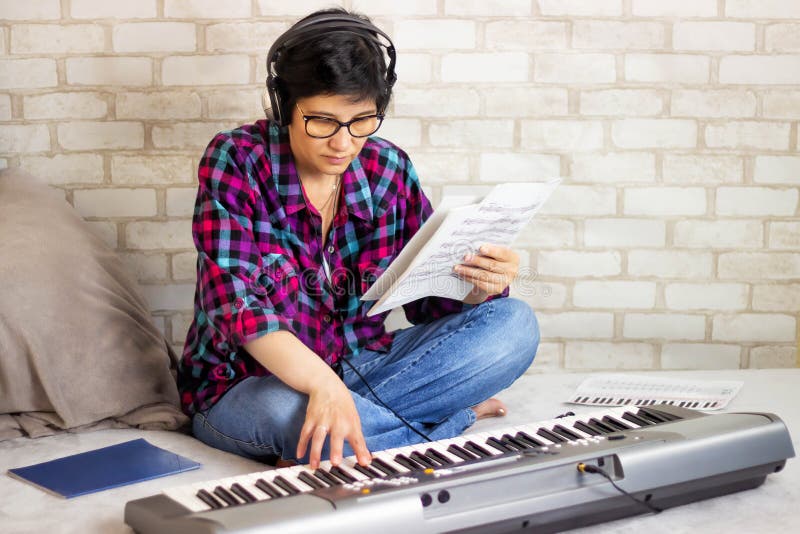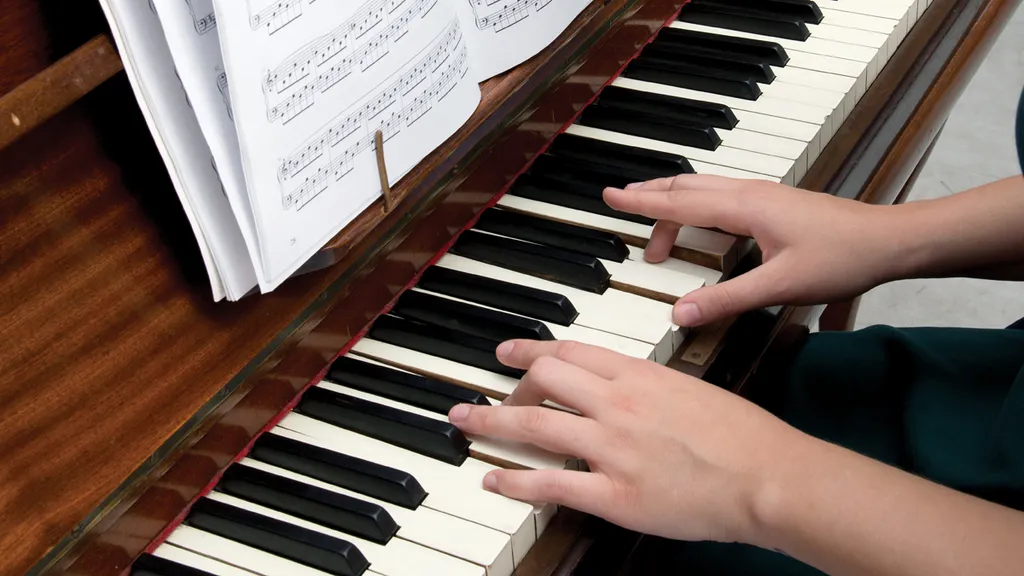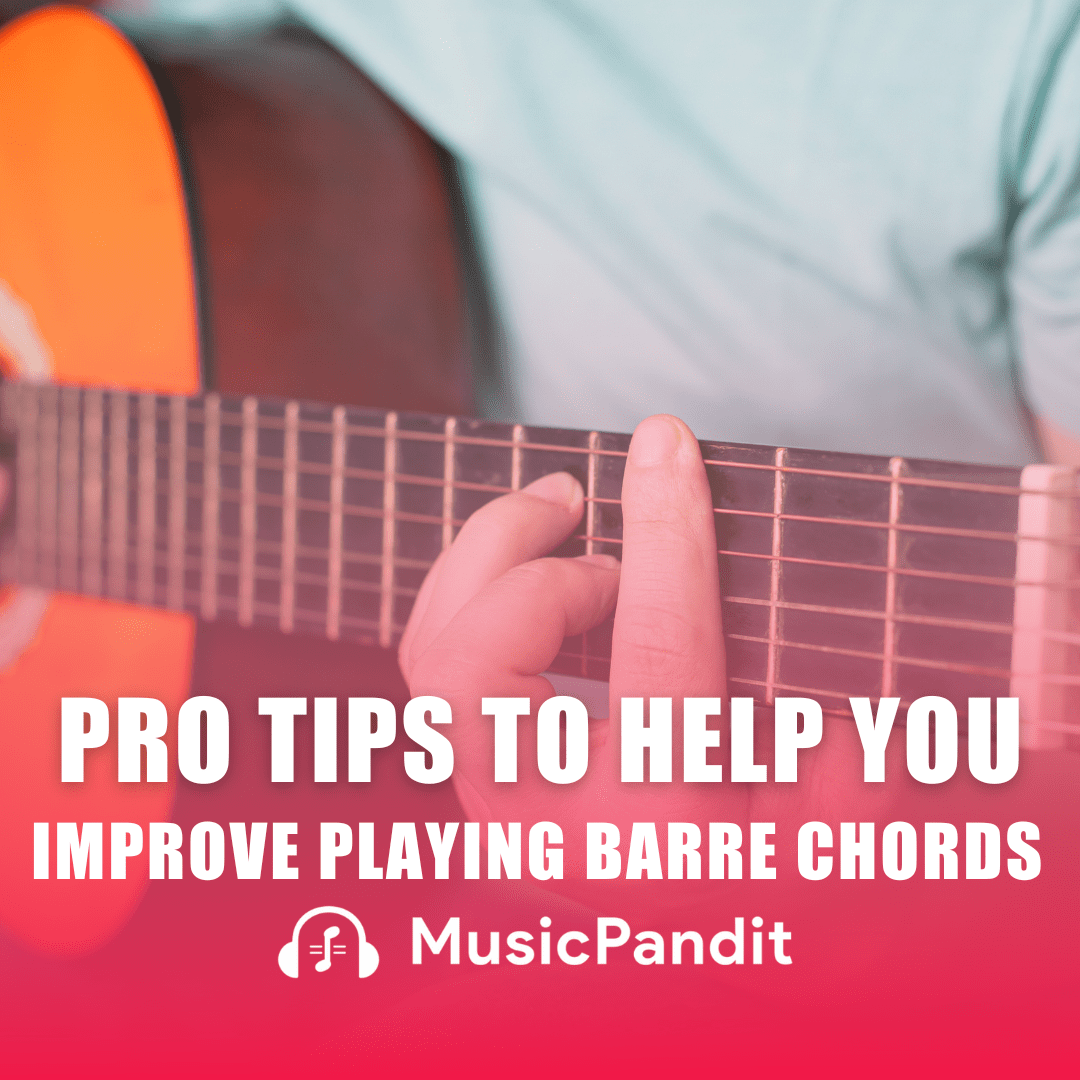Even though the piano is one of the simplest instruments to learn, it is not the fundamentals and technique that are the most difficult. Learning piano notes inside any song is the most essential part. Because there are so many various variations of notes and scales, it might be difficult. Trying to understand sheet music might feel like deciphering a code at times.
There are, nevertheless, several excellent methods for remembering music notes. There are multiple methodologies for remembering piano keys and notes, whether you’re learning to read music or playing by ear. Here are some simple hacks to remember and learn piano notes:
1. Use Mnemonics

This method entails learning to recognise all of the grand staff’s notes. It involves rote learning, and most professors and students utilise mnemonics to help memorise because of the magnitude and nature of the assignment. Perhaps you’ve heard of some of these before? Remember: The mnemonics begin at the bottom and work their way up and they only apply to lines or spaces.
- Bass Clef Spaces: All Cows Eat Grass
- Treble Clef Lines: Every Green Bus Drives Fast
- Treble Clef Spaces: FACE
2. Use Piano Key Stickers

On Amazon, you can get a selection of these detachable piano note key stickers that will help you learn how to distinguish the notes on the piano keyboard and teach yourself how to play the piano. The majority of stickers come in 88-key packs (or less, if you have a smaller keyboard). This is an easy method to remember your notes.
3. Distinguish Notes by Training your Ears

As you play the piano more frequently, this will come naturally. As you play, you’ll begin to know the notes you’re hearing and be able to tell the difference between a C and an E, for example.
Some applications and websites can also assist you in recognising note sounds. The more you do it, the better you get at it.
4. Landmark Notes

Mnemonics can be replaced by landmark notes.
Instead of trying to memorise every note, you just remember a select handful with this method.
You’ll study four treble clef stave notes and four bass clef stave notes. After you’ve learned them, you may use the interval approach to read nearby notes.
5. Use the help of Online Softwares
You could always buy software to assist you to learn how to read notes on sheet music on Amazon. This programme, which can be downloaded for PC or Mac, will teach you not only how to read notes, but also how to grasp rhythms, scales, chords, and chord progressions. It’s a useful tool to have when learning to play the piano.
6. Start with the White Keys

Begin by learning the white keys.
Before attempting to master the black keys, it’s critical that you have a firm grasp of the white keys. In fact, your understanding of the white keys will make mastering the black keys much easier.
Play just the white keys with your index finger, saying the note names out loud as you go – C, D, E, F, G, A, B. C, D, E, F, G, A, B, C, D, E, F. Begin gently and gradually increase your pace as you gain confidence in your ability to learn notes.
7. Train your hands
You must teach your hands to play the right note as your ears become accustomed to hearing the notes and your eyes become accustomed to seeing notes on the piano keys. When we begin to play the piano, our ears, eyes, and hands all work together in unison. The only way to accomplish this is to use the dreaded P word. Practice! Your hands will ultimately acquire muscle memory and recall where the notes are after a lot of practise.
Scales are an excellent tool to improve muscle memory. You should always practise the scales before playing anything on the piano, no matter how talented you are, to warm up your hands and re-familiarize your fingers with the piano keys. Scales are still practised by professional pianists.
Understanding the patterns of the black and white keys, practising regularly over time, and employing interesting games and Mnemonics are all ways to memorise piano keys. You choose which strategy works best for you and apply it to mastering the piano. Get more comprehensive guidance from piano mentors at Music Pandit.














